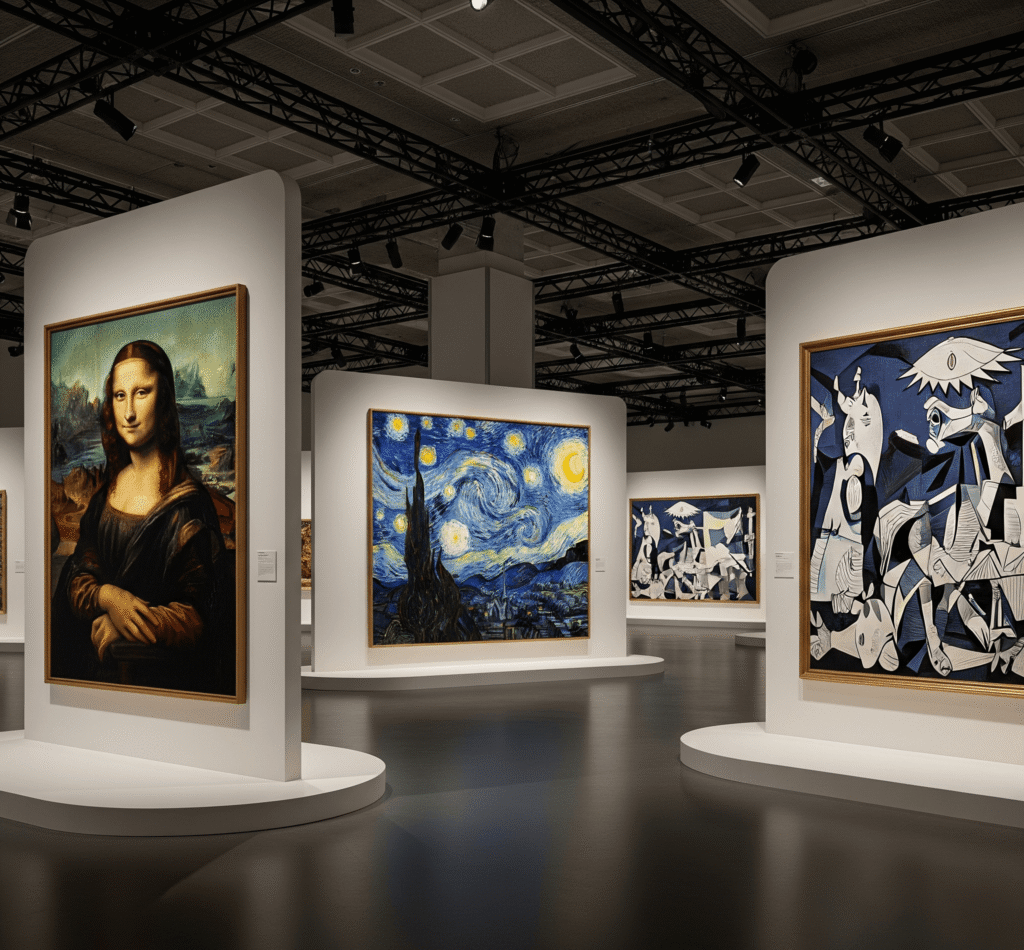Understanding the Influence of Greek Art on Modern Artists
Introduction
The influence of Greek art on modern artists is a fascinating journey through history, aesthetics, and innovation. Greek art, particularly from the Classical and Hellenistic periods, continues to inspire artists centuries later with its emphasis on proportion, beauty, harmony, and narrative storytelling. From Neoclassical revivalism to modern abstract interpretations, Greek art has left an indelible mark on various artistic movements.
In this article, we delve deep into how Greek aesthetics shaped modern creative expressions, the major art movements influenced, and how contemporary creators reinterpret ancient ideals in a modern context.
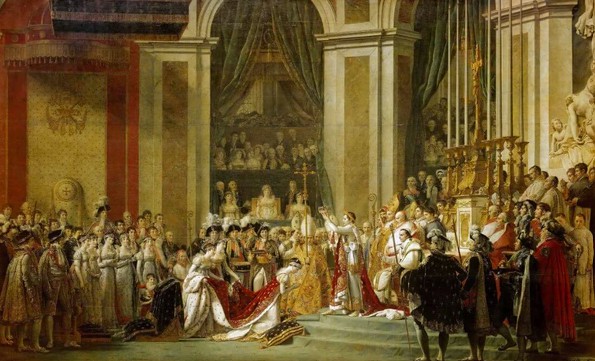
The Foundations of Greek Art: A Brief Overview
Greek art is broadly categorized into four major periods:
- Geometric Period (900–700 BC)
- Archaic Period (700–480 BC)
- Classical Period (480–323 BC)
- Hellenistic Period (323–31 BC)
These eras laid the foundation of Western art through innovations in sculpture, pottery, and architecture. Notable characteristics include:
- Realistic anatomical depictions
- Use of contrapposto stance in sculpture
- Architectural orders: Doric, Ionic, and Corinthian
- Idealized human forms and symmetry
These core principles would later become the cornerstone for future art movements, particularly during periods of cultural rebirth and reformation.
Neoclassicism: A Direct Homage to Greek Ideals
One of the most apparent manifestations of Greek influence is the Neoclassical movement of the 18th and 19th centuries. Artists like Jacques-Louis David and Jean-Auguste-Dominique Ingres borrowed heavily from Greek themes, compositions, and techniques.
Key Characteristics of Neoclassicism Influenced by Greek Art:
- Balanced compositions with clear lines
- Idealized human figures
- Themes drawn from mythology and history
- Use of architectural elements like columns and friezes
"The Death of Socrates" (1787) by Jacques-Louis David is a perfect example of classical influence, demonstrating Roman and Greek architectural elements and compositional discipline.
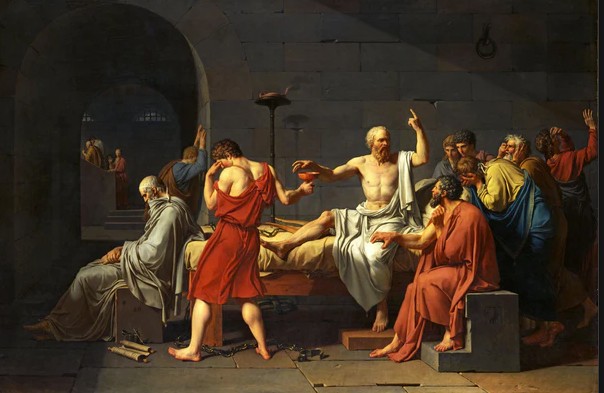
Modern artists within this movement weren’t merely copying—they were reviving a lost language of visual perfection and intellectual depth rooted in ancient Greece.
Modernism and Greek Art: Beyond Realism
While Neoclassicism adopted Greek forms literally, modernist artists drew on its philosophical and aesthetic principles:
1. Cubism
Artists like Pablo Picasso were influenced by ancient Greek ceramics and reliefs. Cubism’s geometric deconstruction of the human form echoes the simplified shapes of the Geometric Period.
2. Abstract Expressionism
Greek art’s emotional power and symbolic narratives inspired abstract expressionists like Mark Rothko and Jackson Pollock, who explored universal themes of existence, much like Greek tragedies and epics.
3. Sculpture in the 20th Century
Artists such as Henry Moore and Barbara Hepworth embraced the Greek approach to the human body as a vessel of idealism and inner life. Their works abstracted the figure but retained the underlying humanism present in classical sculptures.
Greek Mythology in Modern Art
Greek mythology has long been a rich source of allegory and symbolism. Modern artists continue to reinterpret myths to explore contemporary issues like gender, power, identity, and trauma.
Artists Example:
- Salvador Dalí‘s surrealist works often reference Greek gods and fables.
- Frida Kahlo infused her self-portraits with mythological symbolism reminiscent of Greek heroines.
This blend of myth and modernity reveals how timeless these stories are—and how adaptable they remain for each new generation of artists.
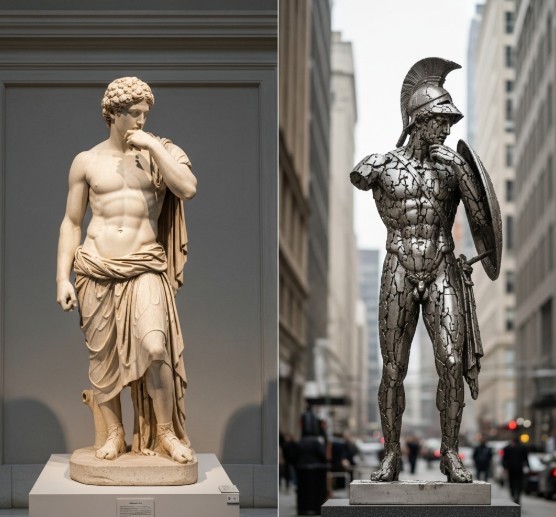
Architecture and Design: Classical Echoes
Greek art doesn’t only appear in paintings and sculpture; its influence permeates architecture and design:
- The use of columns, pediments, and friezes in modern civic buildings (e.g., museums, courthouses)
- Interior design trends mimicking Greek motifs
- Fashion inspired by draped Greek garments
The revivalist architecture seen in capitals around the world is a living homage to the democratic and aesthetic ideals born in ancient Athens.
Contemporary Art and Greek Inspirations
Contemporary artists often revisit Greek themes with modern materials and sensibilities.
Notable Examples:
- Matthew Barney combines Greek myth with performance and film.
- Damien Hirst explores classical sculpture aesthetics in modern contexts.
- Jenny Holzer uses aphoristic language akin to Greek maxims in her LED installations.
These creators demonstrate that Greek art is not a relic but a continuing influence that evolves with the times.
Why Greek Art Still Matters
Greek art’s lasting power lies in its universal values:
- Beauty and proportion
- Heroism and tragedy
- The human condition
- Democracy and civic responsibility
These themes resonate across centuries, making Greek art eternally relevant to artists navigating modern issues.
For an academic dive into the connection between antiquity and modernity, check out this resource from The Met Museum.
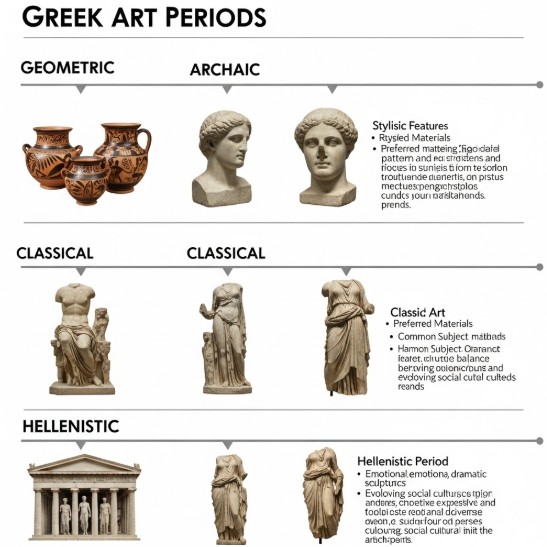
How Modern Artists Can Learn from Greek Art
- Study Classical Composition: Understand balance and symmetry.
- Use Myth for Narrative Depth: Greek myths are ripe for symbolic reinterpretation.
- Experiment with Materials: Like Greek sculptors, embrace innovation.
- Explore Philosophical Themes: Examine humanity, ethics, and beauty through your art.
For artists and enthusiasts seeking further guidance, ISKUSS provides a vibrant platform for art education, mentorship, and exhibitions. Learn more at ISKUSS.
Conclusion
The influence of Greek art on modern artists is profound and far-reaching. From direct stylistic imitation in Neoclassicism to abstract reinterpretation in contemporary practices, Greek art provides a timeless foundation of excellence and inspiration. Its legacy is not static—it continues to shape how we understand beauty, humanity, and creativity today.
As an artist, curator, or art lover, embracing this lineage can enrich your practice and appreciation. The gods, heroes, and sculptors of ancient Greece still speak—are you listening?

